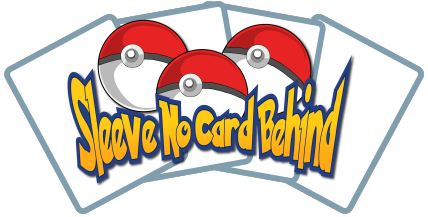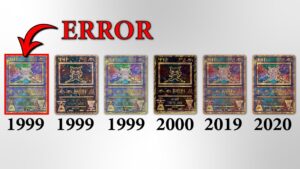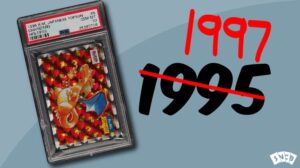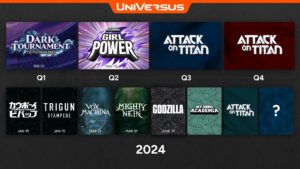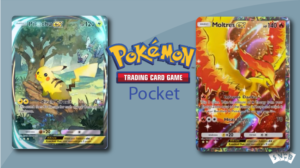The Best Time To Sell Pokémon Cards
-
By: Oliver Copeland
- Published:
- Last Updated: December 3, 2023
A well-organized robust collection of Pokémon cards is nothing to sneeze at. These seemingly unassuming pieces of cardstock hold considerable value, particularly those originating from the 1990s and early 2000s. But the Pokémon card market fluctuates and can be volatile at times. To that end, we present a comprehensive guide designed to assist you in determining the optimal moment to sell your cards, thereby maximizing your potential profits in a conversational yet erudite manner.
A Brief History of Pokémon Cards
First released in 1996 in Japan, Pokémon cards swept through the country like a wild tornado, sweeping up every child and parent in its path. It really was a pop culture craze that took over the nation.
Pokémon cards hit North America in 1999 and started the pop culture phenomenon now called Pokémania.
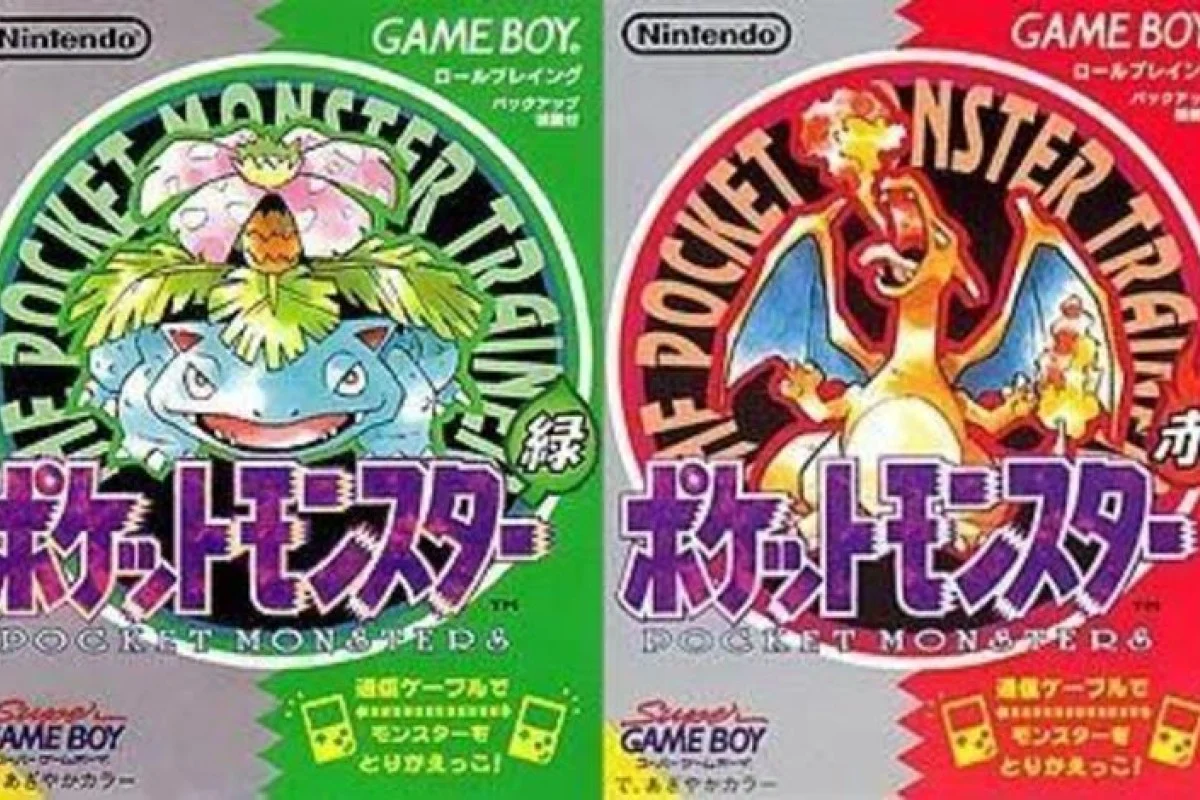
Pokémania in 1999 was a global craze fueled by the Pokémon video games, trading card game, animated TV series, movies, and merchandise. The franchise captivated audiences with its unique concept of capturing, training, and battling creatures.
From children to adults, fans eagerly collected cards, watched the animated series, and played the games. Pokémon’s pervasive influence on popular culture created a phenomenon that endures to this day, highlighting its widespread and lasting appeal.
The first expansion to be released in NA was called Base Set, and this had multiple different prints. The first is the 1st edition print. A Base Set card with a 1st edition stamp on it is now worth a pretty penny. This is the origin of the famous Charizard that sells for six figures.
Pokémon cards never halted, and we still get regular releases to this day. This means that thousands upon thousands of cards have been made, and many of them are worth a lot of money.
The Importance of Timing When Selling Pokémon Cards
Even if you’re unfamiliar with the stock market, you probably understand that things can change drastically at a moment’s notice.
Pokémon cards face the same challenges but to a lesser degree. There’s generally little risk in buying a valuable card if it’s vintage, but brand-new releases can sometimes sting you if you’re not careful.
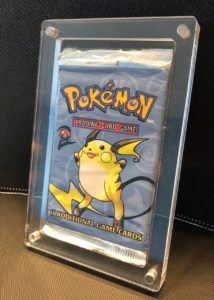
That being said, many factors can influence the selling price of your cards, even if they are vintage. For example, Logan Paul’s purchase of the 1st edition of Charizard made headlines, leading many others looking to purchase their own copy of the card. This is the best time to sell Pokémon cards. But, it rarely happens.
The biggest factor to date has been the COVID-19 pandemic. This produced a massive surge in the Pokémon card hobby and prices grew 1000% in some cases.
Let’s get started.
Factors Affecting The Value Of Pokémon Cards
Rarity and the condition of the cards
You’re likely already familiar with Pokémon cards, but it’s worth noting that not all cards are equal. Some are common and not worth very much, while others are extremely rare and highly sought-after.
This is why 1st edition cards are so expensive today. The supply is very low, while demand is high. That’s exactly how they were designed, and 25 years later, the model is holding strong. Collectors want 1st editions.
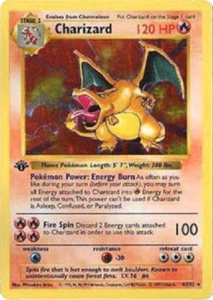
In addition to this, there are plenty of rare cards that are not 1st edition. Prize cards are often very valuable because only a handful are made for each event. For example, Pikachu Illustrator (the most expensive Pokémon card ever sold) was a prize card from a CoroCoro Magazine competition, and only 39 were printed.
But rarity only goes so far if the card is damaged. Collectors want mint condition cards. This is where graded cards come in. Grading companies will give your card a grade based on its condition and quality, then encase it in a semi-permanent slab and send it back to you.
Everyone wants their card graded at a 10. A grade of 10 is perfect and will increase the value of your card.
Market demands and trends
As mentioned earlier, world news and events can affect the value of a specific card.
While the pandemic increased the value of all cards, a shift in the formatting or meta of the trading card game can increase the value of just a few cards. Suddenly players will want a card that was not very usable before the meta change.
The release of a new video game can often be a factor, too. We get a new Pokémon game about once a year these days, and they often shine the light on a few specific Pokémon. Then, people decide to collect their cards, and prices go up.
The popularity of specific Pokémon and expansion sets
A great example of a specific Pokémon here is the Umbreon alternate art from the Evolving Skies expansion released in 2021. This card was popular, but as time went on, collectors noticed that it was very difficult to pull one from a pack.
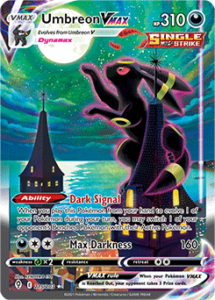
The card is very rare, but also beautifully designed. Social media blew this card up and before too long, it became the most valuable card of the year. Its price is still increasing even now, almost two years later.
Signs That It’s A Good Time To Sell
High-profile events and anniversaries
What’s happening in the world might indicate a good time to sell. As we’ve already discussed, pop culture can heavily influence the market.
Here are some examples of events that can impact the price of your cards in a positive way:
- Pokémon game or movie releases
- New expansion set releases
- Celebrations, tournaments, and anniversaries
Media attention and hype
1. Influencer and celebrity endorsements: Many celebrities have hopped on the bandwagon and used their wealth to purchase some high-value cards. Logan Paul is probably the first to come to mind but the rapper Logic also made headlines when he spent $183,000 USD on a 1st edition Charizard.
2. Viral content and social media trends: If you’re a Gen Z’er then you get this. When something blows up on social media, it has a ripple effect on the person or product involved. This isn’t unlike the last point, because Tik Tok probably blew up with the news of Logic’s purchase, and YouTube was Logan Pauls main platform of choice.
Market Indicators
The best purchases and sales will come from a keen eye watching the current market. There are a handful of useful websites that will take recent sales and graph them for you, such as:
There are many more, including apps for your phone, but all achieve the same general effect of watching sales history over time.
1. High demand and low supply: We talk about supply and demand a lot on Sleeve No Card Behind, but it really is the core of buying and selling.
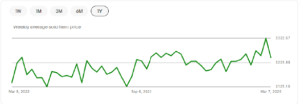
The reason vintage cards are a good investment is that they’ve been out of print for up to 25+ years. Every day collectors are opening vintage packs and diminishing the supply.
The Pokémon Company International sometimes releases a product with minimal supply. These kinds of products instantly blow up on eBay, as sellers ask 2-3X the MSRP.
2. Steady or increasing card values: Investing in a Pokémon card that is holding steady on the market can be a smart decision for several reasons.
One of the primary reasons is stability, as a steady market value indicates that the card has maintained consistent demand over time. This can make the card a lower-risk investment compared to cards with volatile or unpredictable values. Additionally, the predictability of a card with a stable market value allows investors to more easily estimate its future value, enabling them to make more informed decisions when investing in such cards.
Another aspect to consider is that cards with a steady value often possess a certain degree of rarity or desirability, which can contribute to their long-term value.
These cards may be sought after by collectors, who are willing to pay a premium for cards that complete their collections or hold sentimental value. Moreover, if the card is part of a popular set or features a beloved Pokémon, its demand is likely to remain high, providing a sense of security for the investor.
If you’re watching the market you’ll notice that some cards are on a long but subtle increase in value, these are good cards to pay attention to.
Watch closely and sell when you feel like the market may have peaked for that particular card.
Seasonal Trends In The Pokémon Card Market
Holiday Season
Every year we get a new special holiday expansion or holiday TCG product. This new product is often very interesting and designed to sell for the gift-giving occasion (usually Christmas).
But many people decide to buy on eBay or other second-hand markets, to find gifts.
1. Increased gift-giving occasions: The holiday season has a significant impact on Pokémon card sales, driven by various factors that influence consumer behavior and market dynamics.
During this period, gift-giving occasions, such as Christmas and Hanukkah, contributed to a surge in demand for popular products, including Pokémon cards. Parents, family members, and friends often purchase cards as gifts for children and collectors, making this season a prime time for sales.
2. Limited edition releases and promotions: In response to the increased demand, manufacturers and retailers may release limited edition sets, exclusive cards, or promotional offers to capitalize on the holiday shopping frenzy.

These special releases often generate excitement and can drive collectors to acquire these limited-time products, further boosting sales. Moreover, as people have more leisure time during the holidays, they may engage in hobbies, such as card collecting and trading, contributing to heightened interest and sales.
Summer Months
1. Increased interest from kids: Summer vacation brings a lot of attention to Pokémon cards from a kid’s perspective. They often spend time with their friends or go to summer camp and sports games, all with their Pokémon cards to trade and play.
Depending on your intentions to sell, this may or may not be a factor at play. Kids being off from school isn’t going to affect the sale of a PSA Charizard, but it might raise demand for cheaper more playable cards.
2. Organized Play events and tournaments: A lot of events are held during the summer. The most prominent is the Pokémon Organized Play (POP) events.
Players will be gathering to compete and this could affect the market in different ways, especially if you have prize cards to sell.
When To Hold Onto Your Pokémon Cards
Sometimes you might not want to sell your cards at this time. You’ll probably have a difficult experience trying to time the market perfectly, but there are some techniques you can use to sell at the right time.
1. Cards with sentimental value: If you still own your old collection from childhood, then it could be difficult to let go (I know this first hand). If you fought tooth and nail on the playground to obtain a card, then it means something to you.
Understand that you can hold onto your cards. Pokémon is the largest media franchise in the world, it’s not going anywhere. If you can get through this hard time then you’ll still have your cards to sell at a later date, and probably at a higher price.
2. Cards with potential for future growth: It is possible that some cards just haven’t had their moment in the limelight yet. Watching the market and paying attention to trends is going to help you identify a card that might grow over the long term.
Base Set cards from 1999 have blown up, but cards that are just 2-3 years old haven’t had the time to grow yet. Consider these cards long-term investments and understand that you might be leaving money on the table by selling too early.
3. Upcoming events that might boost a card’s value: Movies, TV shows, games, tournaments, and pop culture have the ability to blow up a card’s value.
We’ll never be able to predict the future, but if you can see a new release potentially having an effect on your collection, hold onto it.
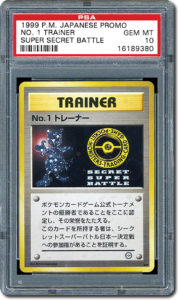
For example, the Pokémon World Championship has a huge impact on the cards in general. If the championship is won with an exciting play with a particular card, well, that card is going to be trending on eBay for a while.
Tips For Selling Pokémon Cards At The Right Time
1. Stay informed about market trends and news: If you follow the news surrounding Pokémon cards, you’ll have an advantage. Want to know the best time to sell your Pokémon cards? Pay attention to the news.
For example, McDonald’s does a Pokémon card campaign usually once a year. When this happens, fans all over visit the restaurant to collect and complete a small set of McDonald’s promotional cards. Whenever this season comes around, people are looking to buy McDonald’s cards from past years.
2. Network with fellow collectors and communities: There are huge advantages to being part of a Pokémon card community. Twitter, YouTube, Tik Tok, and Reddit are all full of Pokémon fans and many of them have their own smaller sub-communities that will trade cards.
Facebook groups are a great option if you want to connect with people locally. If you’re an introvert like me, then this can be a big pain in the butt. I get it. But in my experience, the Pokémon community is extremely kind and accepting.
3. Monitor online marketplaces and auction sites: As we’ve mentioned a few times now, watch the market. This is your biggest advantage in selling your cards. If you see a card increasing in price, sell it!
This can also lead to the potential flipping of cards. If you see a card for sale at a huge discount, you can jump on it and flip it later for a profit. This isn’t easy, but learning how the market works is critical to making these informed decisions.
4. Consider buying our ebook: We have an ebook that covers vintage Pokémon cards in great depth, and is focused on selling them for maximum profit. It is a step-by-step guide to educate and aid in selling an old collection. Click here to check it out.
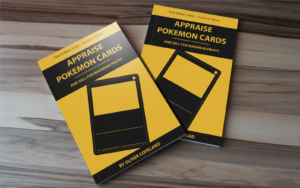
Conclusion
The Pokémon card market is driven by a variety of factors, including rarity, condition, market demands, the popularity of specific Pokémon, and expansion sets.
Timing is crucial when selling your cards, as events such as high-profile anniversaries, media attention, market trends, and seasonal fluctuations can significantly impact their value. It is essential to stay informed about market trends, network with fellow collectors and communities, and monitor online marketplaces to make well-informed decisions about when to sell.
By understanding the factors that affect the value of Pokémon cards and closely observing the market, you can make the most of your collection and maximize your profits. Ultimately, the key to successfully navigating the world of Pokémon cards is a combination of knowledge, patience, and strategic decision-making.

Hi, I'm Oliver. I've been collecting Pokémon cards for 25+ years. I hope you enjoyed your read and learned something. Learn more about me on the About page.
